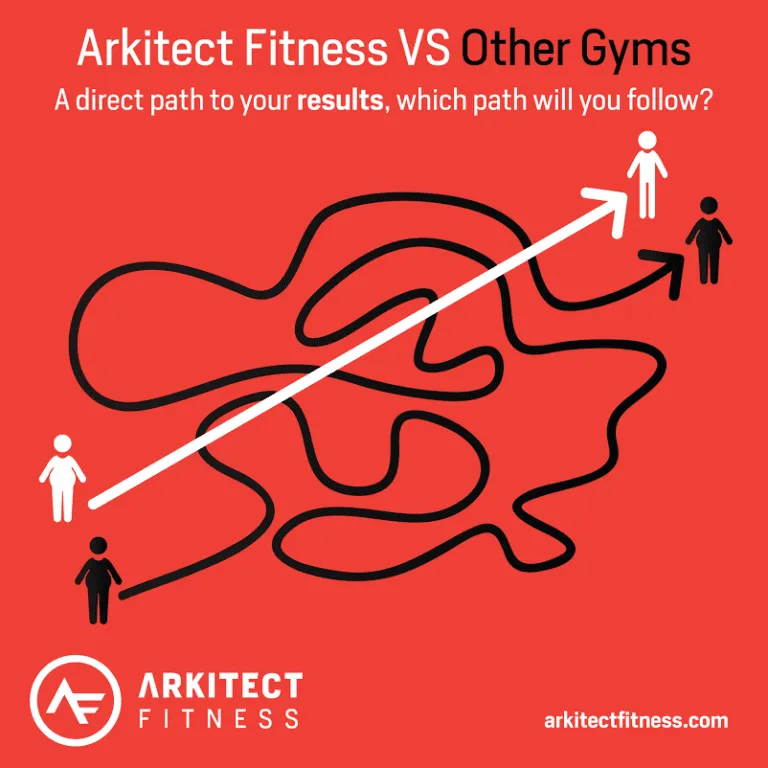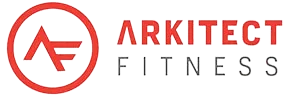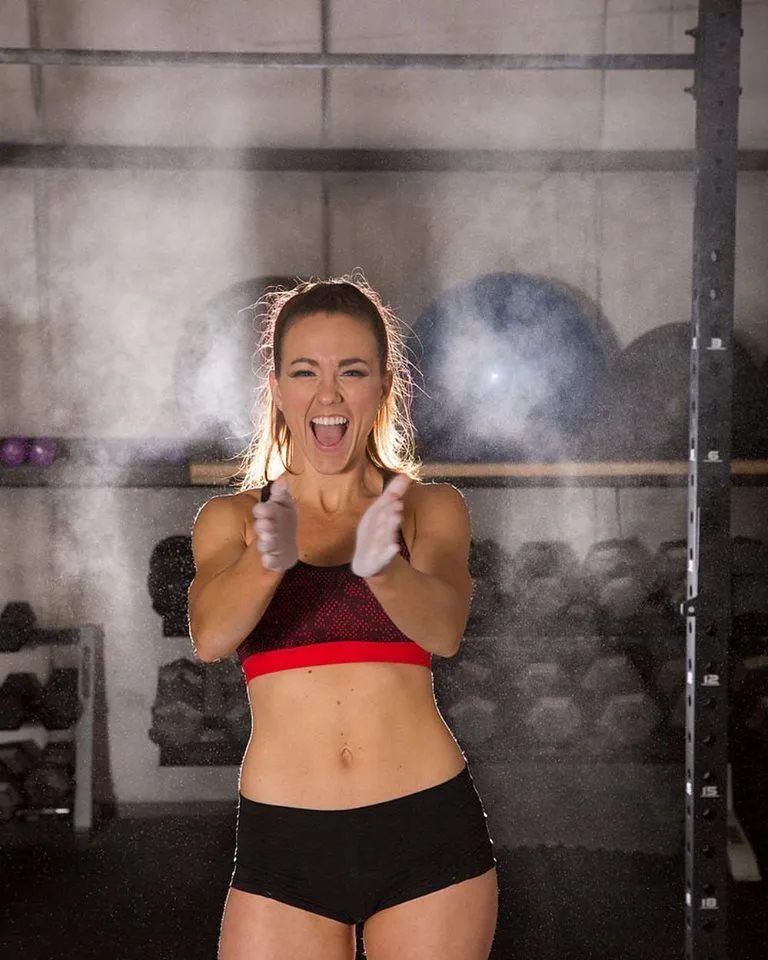Last year we wrote a short but comprehensive guide on how to make the most of your time in the gym. With fitness popularity at an all time high in America and around the globe, people are spending more time and money on their workouts, so it’s absolutely crucial to make sure neither is wasted. While part 1 was a how-to, this installment will be a bulleted list of the tools you can use to measure progress, and the pros and cons of each. Before moving forward, it’s important to mention that not all of these metrics will apply to everyone. Some are completely irrelevant for certain goals. It’s also crucial to remember, that there is not one measurement tool that tells the whole story, which is why it’s recommended you use a few.
#1 The Scale
The scale is not the first on this list because it’s the best. In fact it’s kind of crap. It’s first because it is the most popular, and the sooner we go over it, and get it out of the way, the sooner we can move on to better methods. Why is the scale the most popular? First of all scales are cheap, and even the cheapest of scales are accurate enough. They’re also popular because they’re simple. It seems intuitive that if you lose body fat, you’ll have then lost weight. This is not always the case. In fact, it’s rarely the case. When a sedentary person starts exercising, there is usually a shift in their body composition (if they’re on a good program). If you lose 5lbs of body fat, but gain 5lbs of muscle, your total body weight has not changed. In this instance, the scale would not show the fact that you’ve made a significant change to your body composition. Obviously if the scale is your only metric, this would be rather depressing, and it’s a trap people fall into all the time. Many people have a vision of what they will look like at a certain body weight, but that rarely comes to fruition. Many people reach their aesthetic ideal before they get to the weight they thought they needed to be to look that way. Losing body fat is actually a much more linear process than gaining muscle, so eventually when your muscle gain plateaus, you will see a decrease in overall body weight if your fat loss plan is effective. How long that will take depends on a wide variety of factors. In my opinion the only people who should have body weight goals are those who compete in sports with weight classes, and the severely obese.
https://www.instagram.com/p/BKGNTn6g8ZB
- Pros
- Cheap
- Easy
- Shows the cumulative mass of all your tissues including fat, muscle, bone, organs, and water.
- Cons
- Doesn’t illustrate which tissues grew or shrunk.
- Can be deceiving
- Very sensitive to fluctuations (water weight, stress, menstruation, etc…)
#2 Tape Measurements
You may have heard that “muscle weighs more than fat,” but that’s not exactly true. What people really mean when they say that is, muscle is more dense than fat. What does that mean? If you have 5lbs of fat vs. 5lbs of muscle, the muscle will take up much less space. Tape measurements, particularly of the waist, are a great indicator that you’ve lost body fat specifically. This is especially true when applied to the scenario mentioned before about simultaneously gaining muscle while losing body fat, thus offsetting your total weight loss. Unfortunately, fat cannot be “spot reduced” meaning that you don’t get to choose which fat stores are tapped into and when. Your “problem area” will probably be the last to go. This is why we recommend taking 3 or more measurements, typically waist, hips, arms, and thighs. Other sites that can be measured are your neck, chest, lower leg, etc…
- Pros
- Cheap
- Effective
- Better indicator of body compositional change than the scale
- Cons
- Requires a friend!
- Subject to human error
#3 Pictures
If you’re not training for aesthetic reasons, these may not hold a lot of value, but let’s face it, most people are training for aesthetic reasons, and even those who aren’t don’t mind the added benefit of looking leaner or more athletic. A question I often ask clients who are hung up on weighing a certain amount, if they looked the way they wanted to, but weighed as much as they do now, would they care? The answer is always “no.” What does that tell us? Take some damn pictures! Pictures are important because we scrutinize ourselves every single day, that means we monitor our progress on a daily basis, and our physiques do not change much day to day. Cumulatively however, the progress can be huge, but no matter how great it may be, it will go unnoticed if you see it only gradually. Pictures taken 4 or more weeks apart will show the change in a more “black and white” way. Clients are often pleasantly surprised when they see their progress pictures, after thinking they hadn’t elicited much change. At the risk of sounding like a creep, less is more when it comes to clothes and progress pics. It’s not easy to take a photo of yourself without much covering you, and it can be even more uncomfortable if someone else is taking them for you, but a big baggy shirt and shorts is going to hide a lot of the parts you’re hoping to change the most. It’s highly recommended that you do have someone else take your photo, as a handheld selfie will likely not show a full picture. Legs are often missed in that style of shooting, and it’s difficult to do different poses, like the front, back, side or flexed positions.
https://www.instagram.com/p/5MspgPAcBd
- Pros
- Great to track the progress you want to really see…your body!
- Cheap
- Quick
- Cons
- Can require a friend
- Can look drastically different based on lighting or camera used
- Can look different based on clothing worn in each photo
#4 Bodyfat Testing
Things can get a little vague here, because there are a wide variety of ways to test body fat, most of which are wildly innacurate. The tools available range from $20 handheld units (useless) to hydrostatic weighing or bodpod machines that cost $40,000 or more, and quite a few in between. Body fat calipers are an option, but present two distinct road blocks…first of all you have to know how to use them, which requires people to be certified, secondly, it can be a bit uncomfortable to take your shirt off and let a potential stranger pinch you all over your body. On top of that calipers can be be very inaccurate when used on someone extremely overweight, or extremely lean, meaning they’re only effective on average people. More accurate means such as bodpods, can be tough to find, and facilities typically charge $20-$100 per test to use to help offset the cost of their investment.
- “Bioimpedance” (handheld/scales)
- Pros
- Inexpensive
- Cons
- Severely inaccurate
- Pros
- Calipers
- Pros
- More accurate
- Moderately priced
- Cons
- Requires a professional
- A little uncomfortable
- Pros
- Hydrostatic Weighing/DEXA/BodPod
- Pros
- Very accurate
- Cons
- Tough to find
- Expensive
- Pros
While seeing hard evidence that you’ve lost body fat seems appealing on the surface, it’s often not very necessary when progress pictures are used. It may be fun to say “hey I’m 10% body fat!” you’ll have known that you made significant change by looking at pictures.
#5 Performance Metrics
We have saved the best for last: Measuring performance. This can be done a number of ways, and is highly goal dependent. This is pretty simple, if your goal is running based, go test your 1 mile time, then after a period of training (at least 4 weeks, but preferably longer) retest it to see where you’re at! This can be done for any exercise or exercise modality. Want to get stronger? Test yourself in exercises like the squat, bench press and deadlift (and possibly many more). If you can lift more weight today than you could a month ago, congratulations, you’ve made progress! In my opinion, performance goals should be part of everyone’s training. Even if you just want to look “sexy” you shouldn’t overlook general health. You may think having toned arms and a slim waist means your healthy…it can, but it’s not guaranteed. Fitness is measured mostly by what you’re capable of doing. Even if your aesthetic goals are taking longer to achieve than you hoped, if your performance is increasing you know you’re on the right track. There’s never a scenario where being a strong, capable person is a bad thing. And the more fit you are, the easier it is to manipulate your body composition.
https://www.instagram.com/p/BIaor4cAWtN
- Pros
- It’s more or less free
- A great indicator of progress and health
- Easy to measure
- Endless metrics to track
- Cons
- Requires you to keep notes and be organized
- Can be a reality check that your training actually isn’t very good
Using Feelings
I was hesitant to put this on the list, for a number of reasons. There’s a famous saying in Weightlifting training, which is “how you feel is a lie.” Simply put, that means how you feel doesn’t really matter much when it comes to what you’re able to do. As an example, I’ve had athletes come in to the gym feeling less than 100%, whether it be from lack of sleep, poor nutrition, or just general stress, and despite all that, have had all time bests during the session. On the flip side, and this comes from personal experience, I’ve walked into the gym feeling like “today is my day” only to leave very disappointed. Going on how you feel isn’t all bad though. There are several “soft metrics” you can use to judge your progress. Maybe you used to have chronic back pain and now you don’t, maybe you feel more energetic throughout the day or you aren’t winded after climbing a set of stairs. These are all things to consider, and have merit, but absolutely should be an “icing on the cake” and not your only standard of progress. How your workouts “feel” is almost completely irrelevant in terms of how effective they are. You don’t have to go 110% in the gym every time to get great results, in fact, doing that is a great way to hurt yourself. Too many people use their perceived effort or how much they sweat as a measure of progress. It’s not.
Putting it All Together
As mentioned before, you should be using some combination of the methods listed above to measure your progress. No one tool tells the whole story, and not everything is going to improve in a linear fashion. Weight loss is a perfect example of this. When coaches are health resources talk about average weight loss being 1-2lbs/week, that is often in retrospect. Meaning they look at the amount of weight someone lost, and divided it by how long it took them to lose it, to find the average. If you talk with someone who has lost a significant amount of weight (say 20lbs or more) they’ll often tell you that they may have lost 5lbs one week, and then had no change the next, followed by a week where they only lost 1lb, and so on. The same can be said for tape measurements, body fat, strength gains, etc… Our lives and our bodies are much too sensitive to change for this to be a completely linear process. If you put all of your eggs in what basket, you are without a doubt setting yourself up for failure and disappointment. Making progress is one of the best motivators out there, which is why it’s so important to use multiple measures. If you rely on a single metric, you’re going to be under the impression that something isn’t work when that metric fails to show any change, and that will happen at some point, and if you aren’t using multiple methods, you’re going to think you haven’t made any progress when you actually have.

I’d be remiss if I didn’t also mention this last piece of advice: Stay the course. It doesn’t matter what your goal is, fitness related or not, to achieve anything great in life takes time, dedication and focus. Think about any thing you are really good at, something you’re an expert on. How long did it take you to get there? Reshaping your body or getting it to perform at an elite level takes time. Sometimes maybe even years, depending on the goal and how far you were from it at the start. Over the last 12 years I’ve seen so many people hop from one program to the next, from one diet to the next, and nearly every single one of them is in the same place today as when they started. Like a wise grandparent talking to a teenager who thinks they’ve got the whole world figured out, advice typically goes in one ear and out the other, but it’s a matter of perspective from where we’re sitting…a perspective that’s difficult to explain unless you’re seeing it from our seat. I’ve had the pleasure of working on a long term basis with clients with all kinds of massive goals, from losing over 100lbs body weight, to winning championship medals, to regaining control of their bodies and their lives. And every one of them did it in the same way: Focus, determination, dedication, and maybe most of all, patience.
My clients know me for my famous sayings, here’s one my grandmother taught me: No amount of travel down the wrong path, leads to the right place. Use the methods we talked about here to make sure you’re on the right path, and if you are, stay the course. You will eventually succeed.




